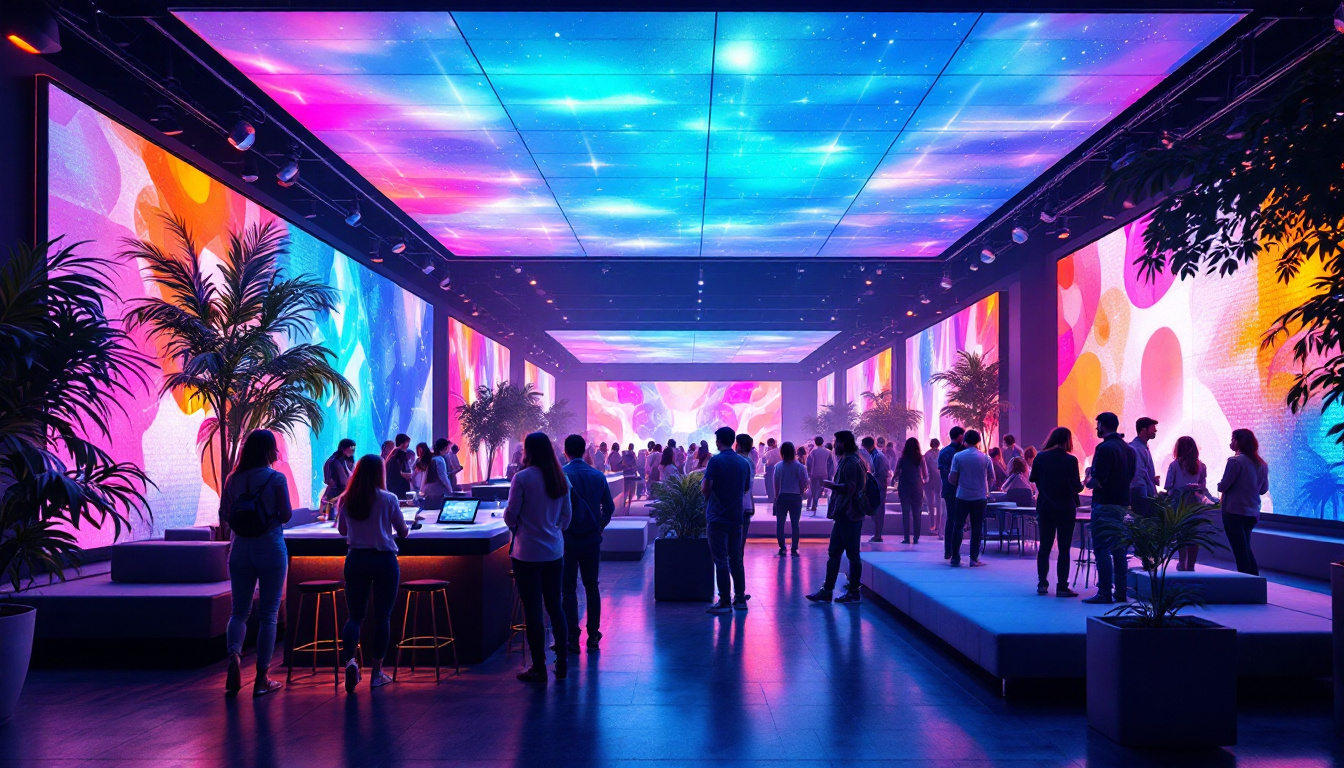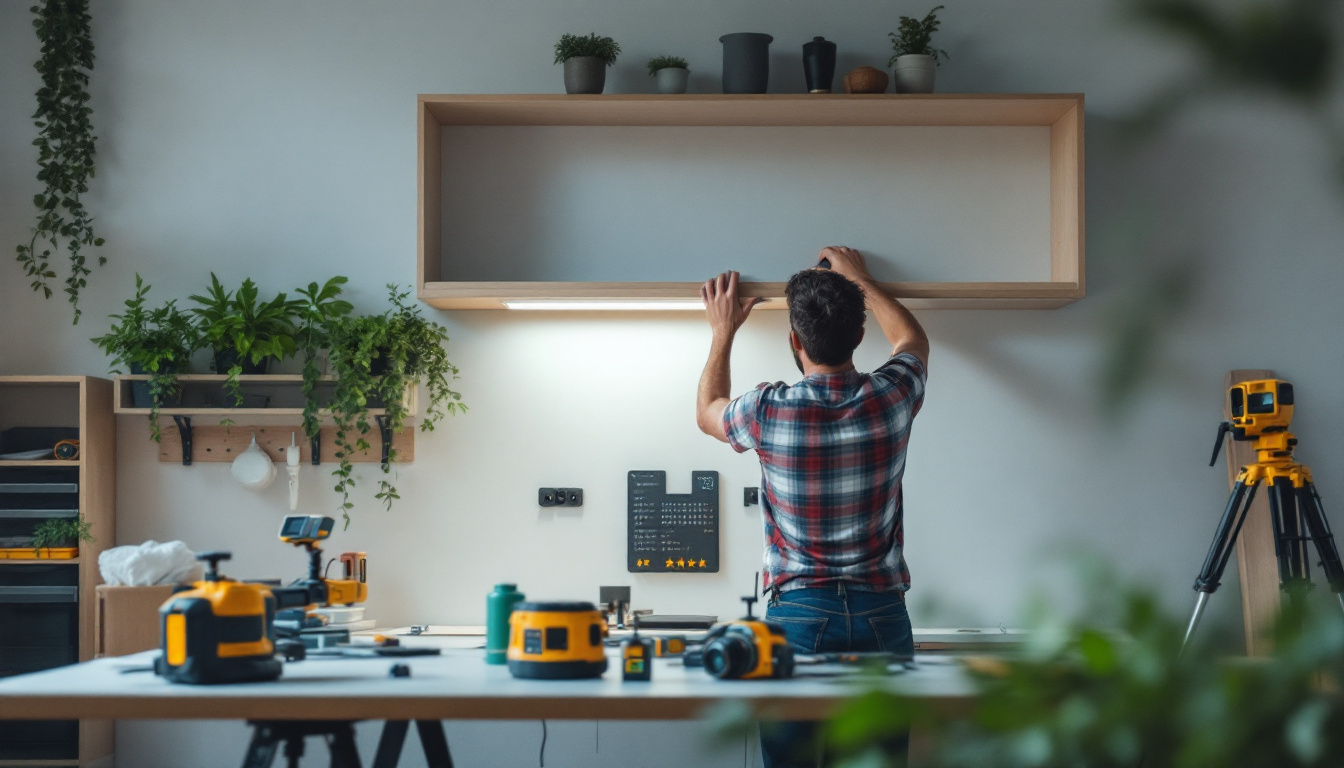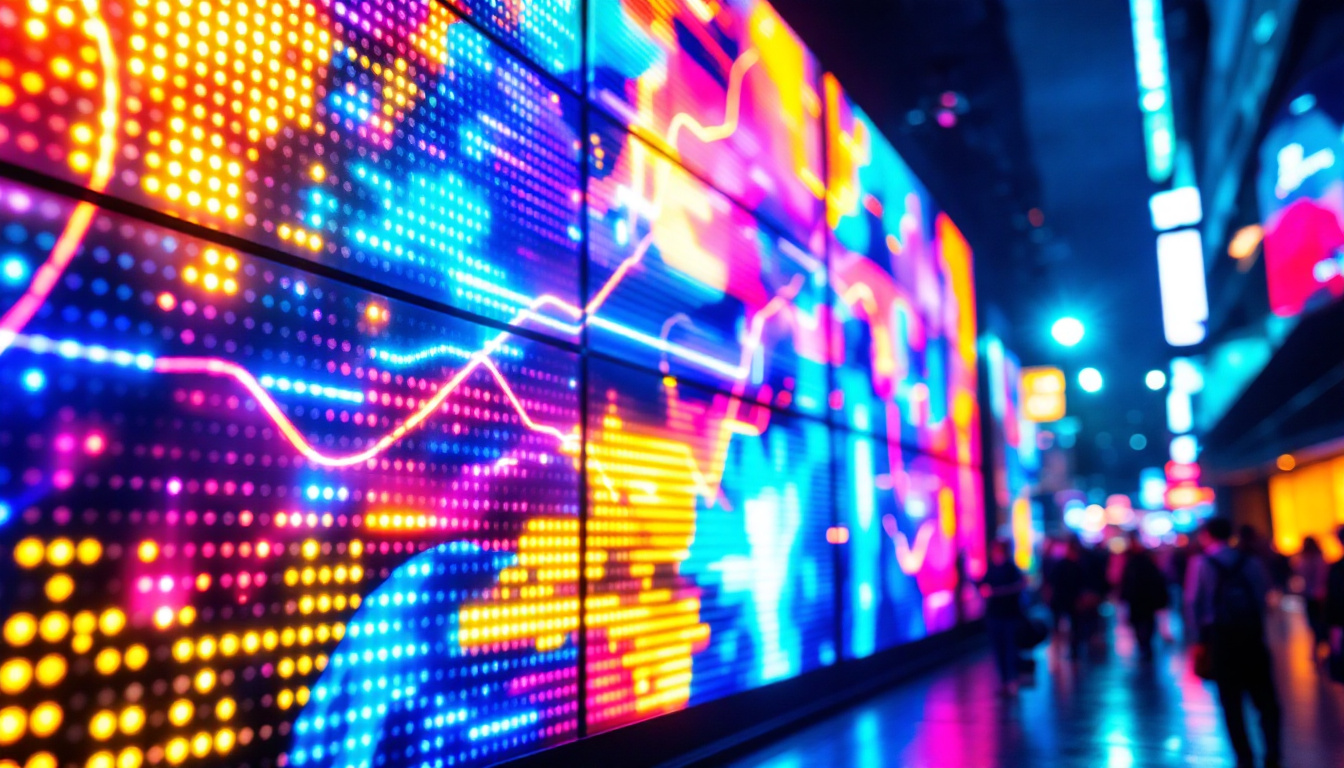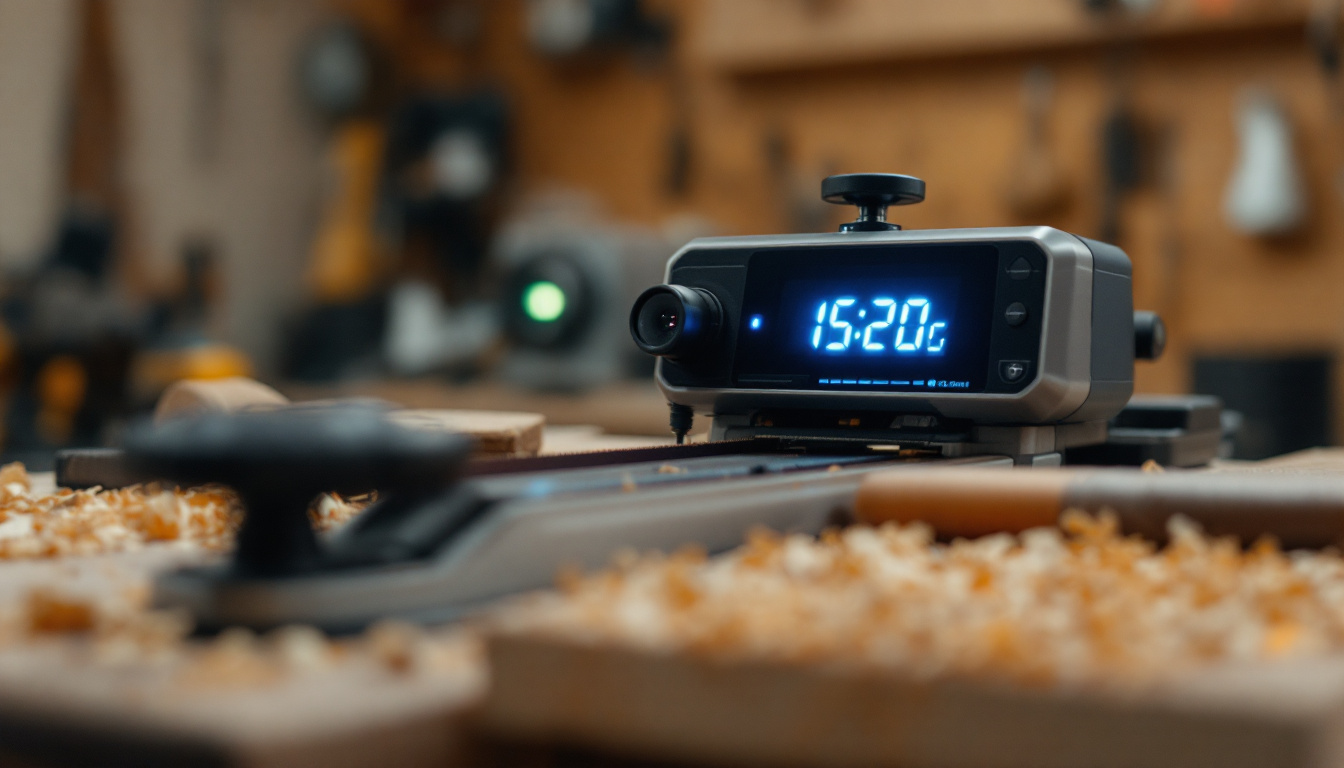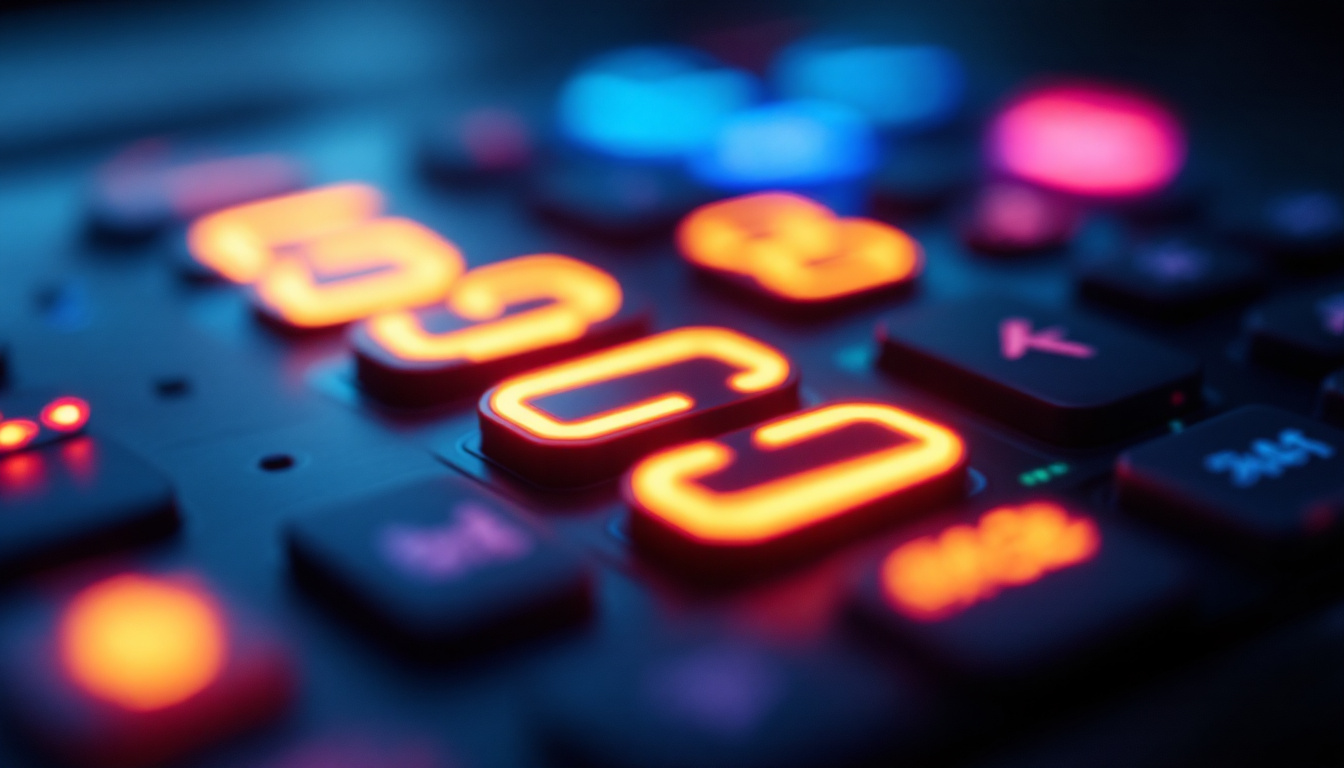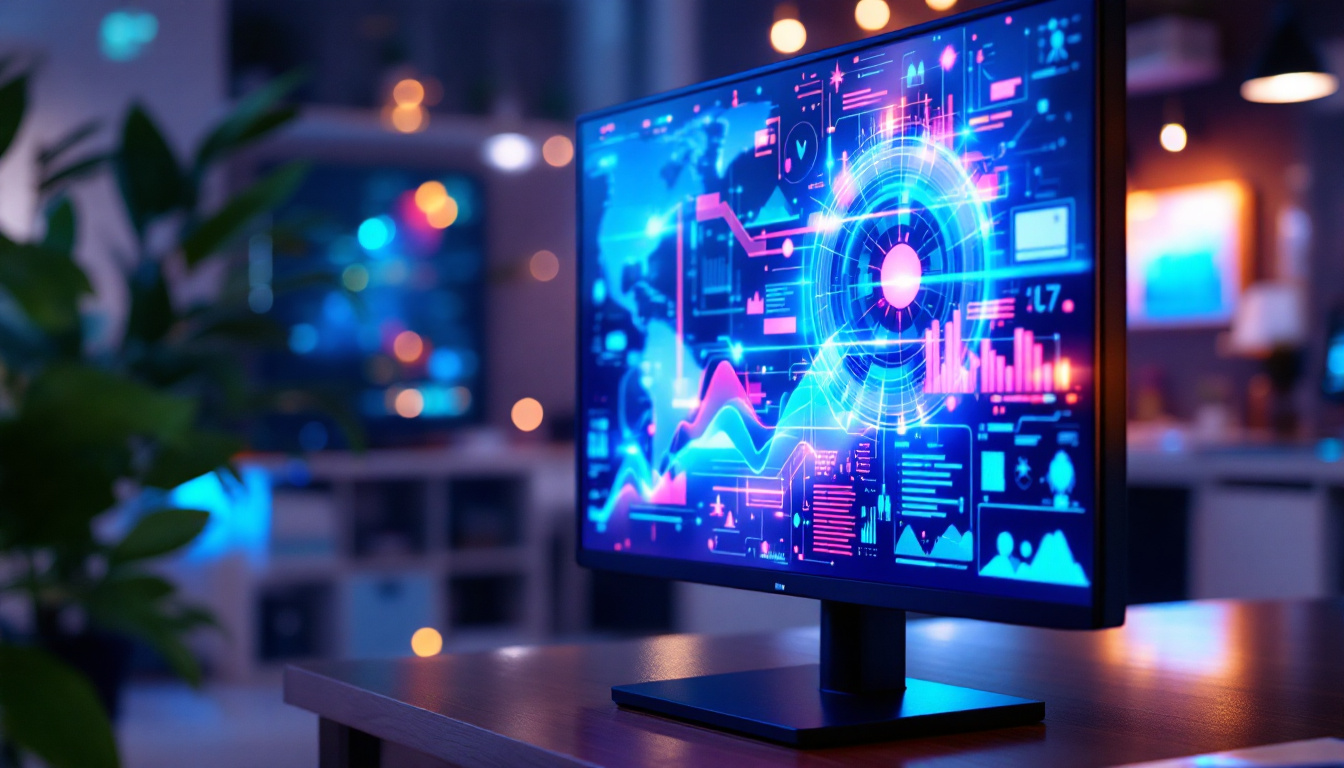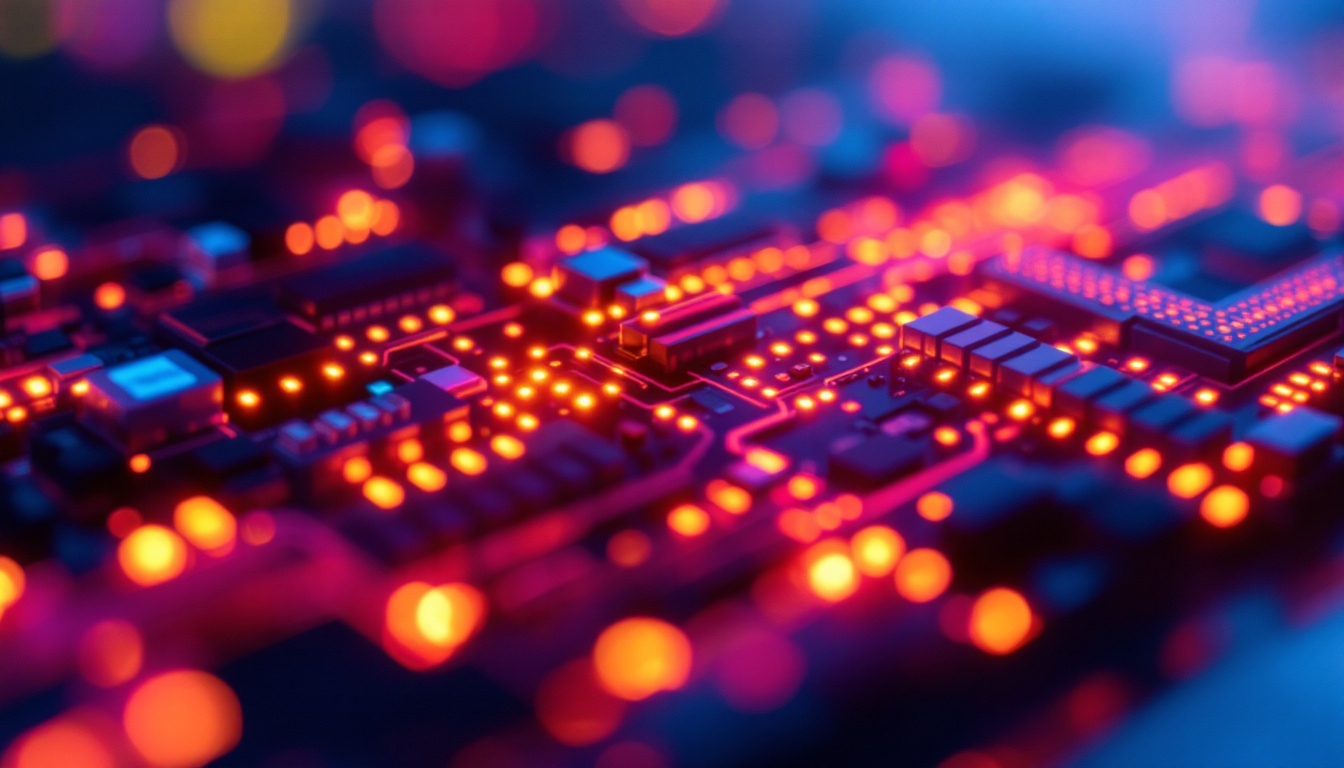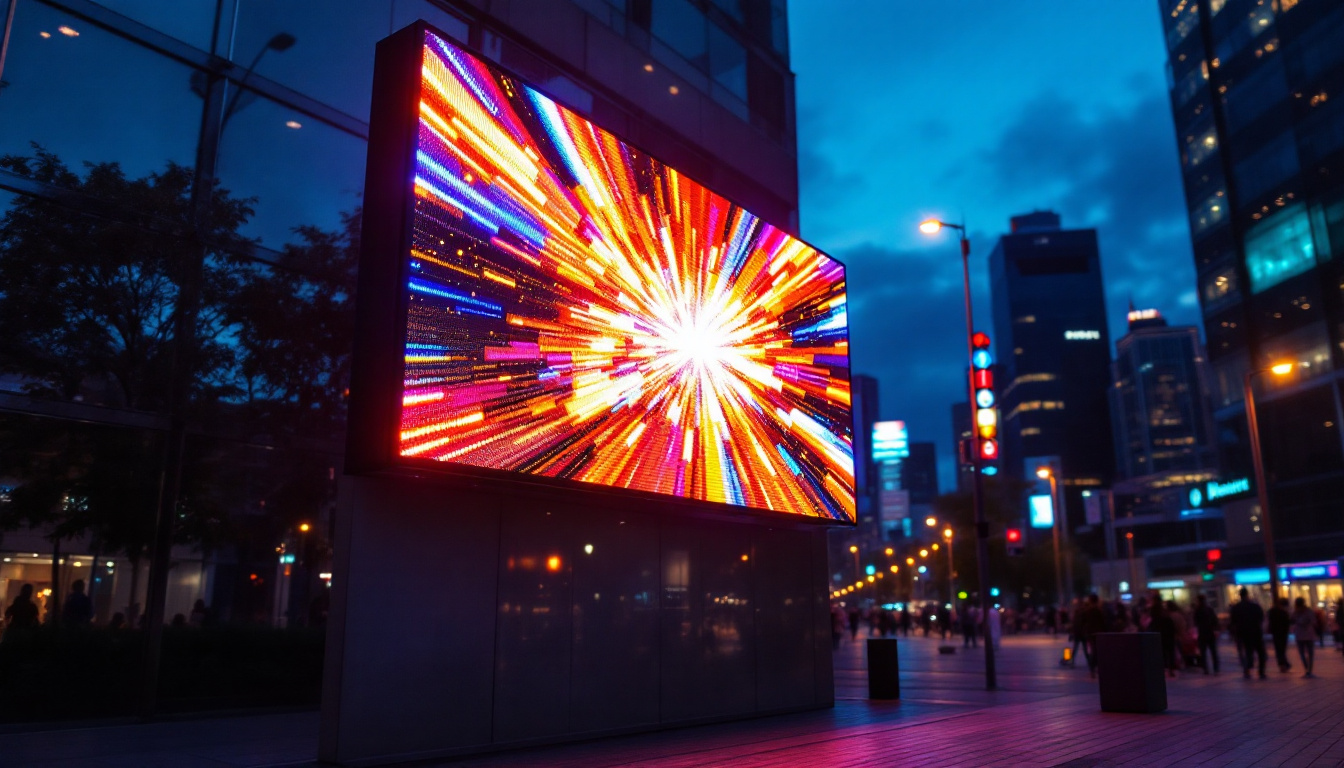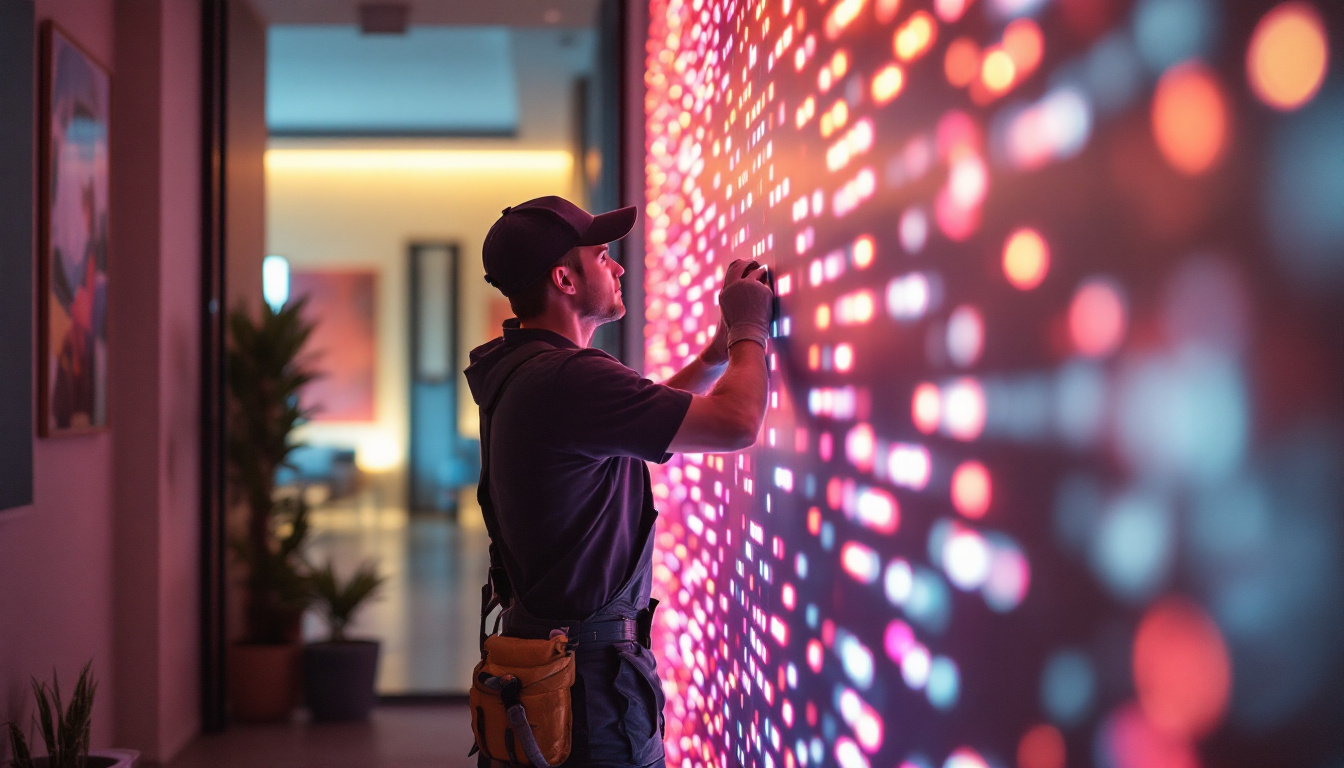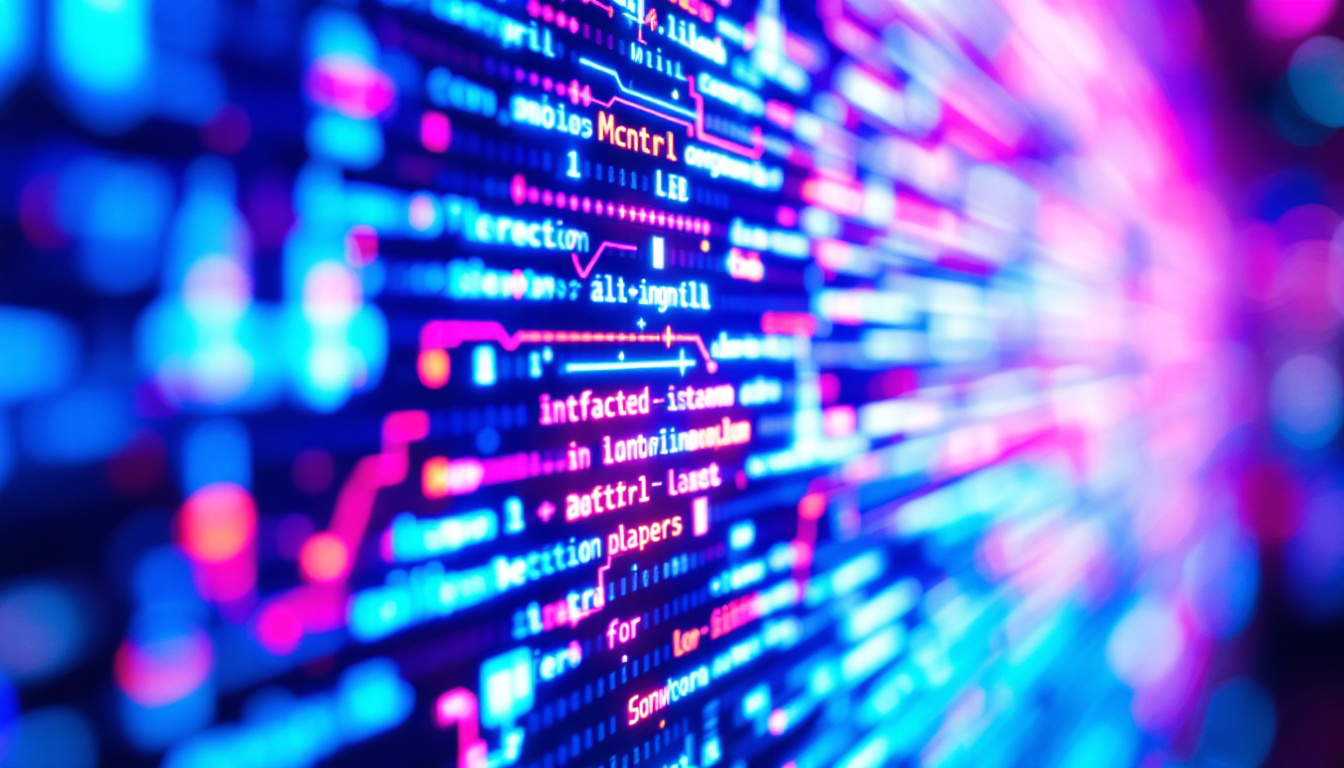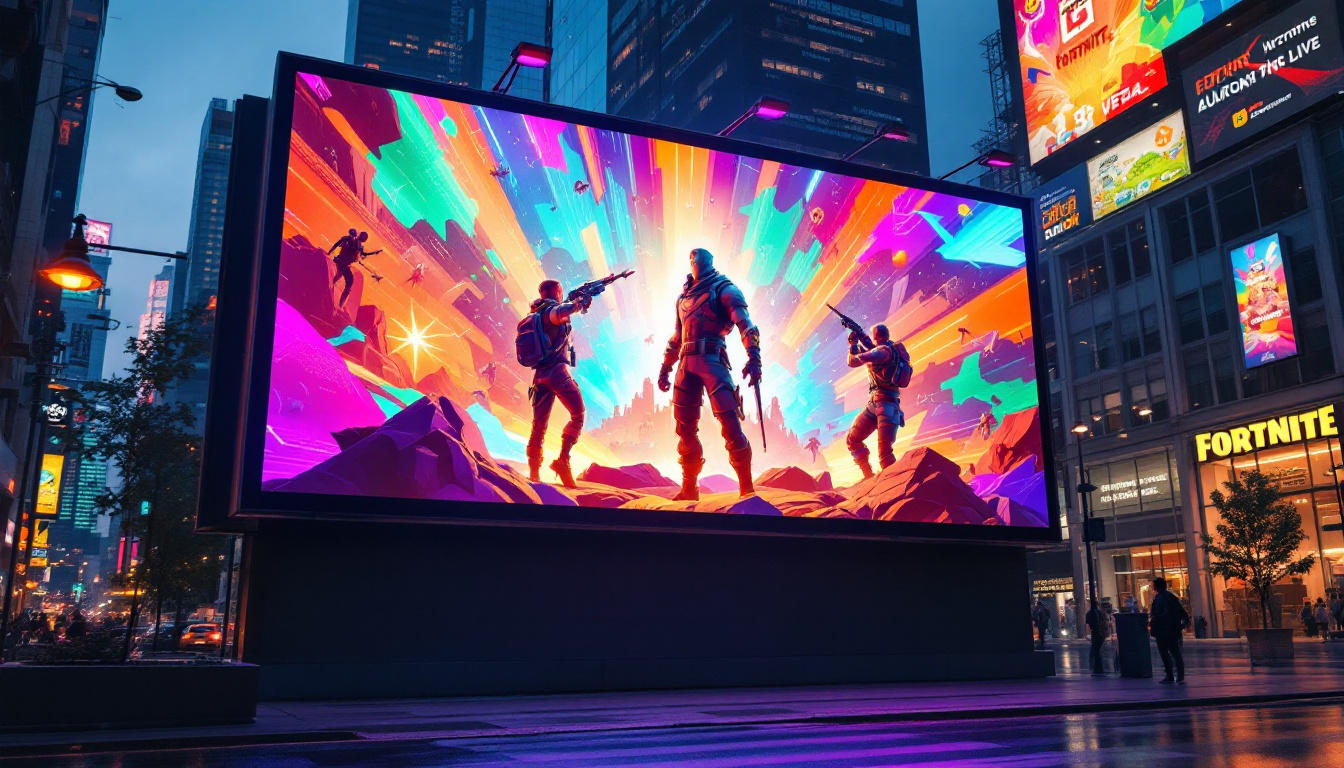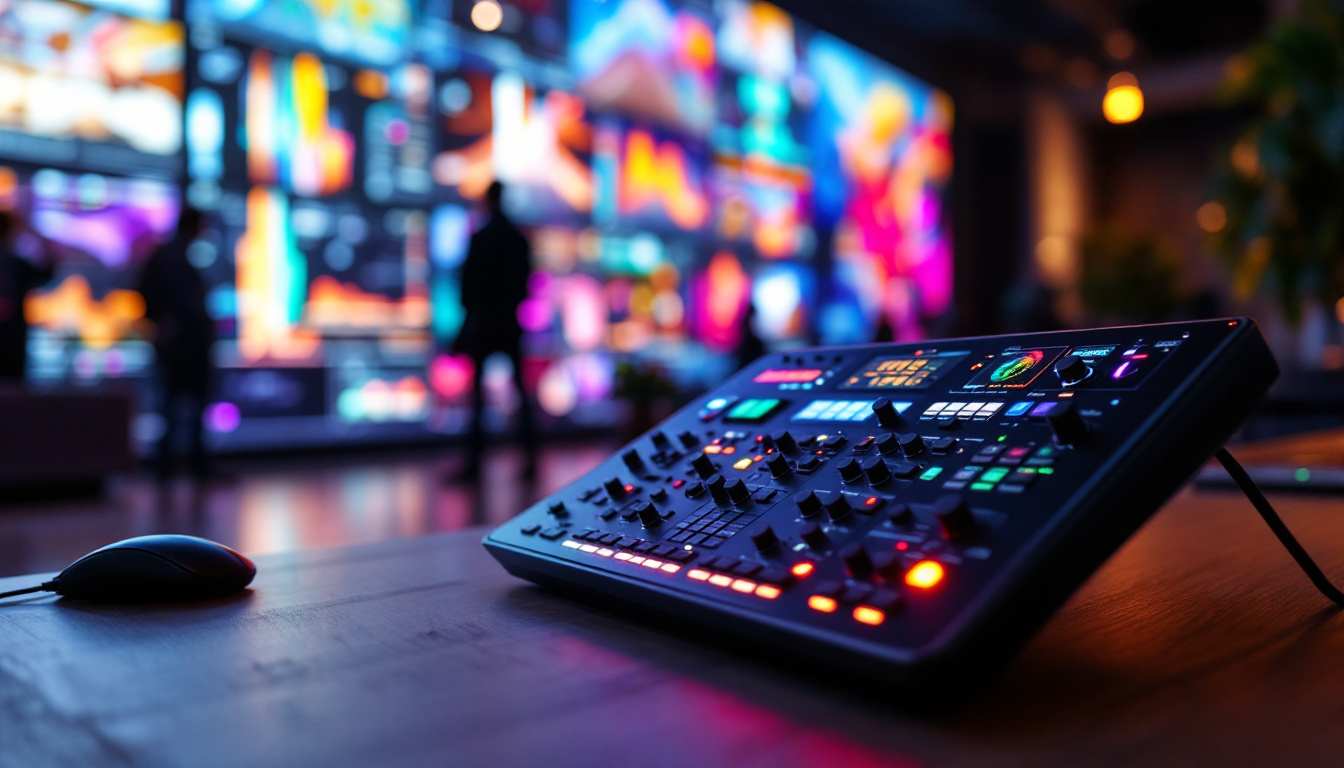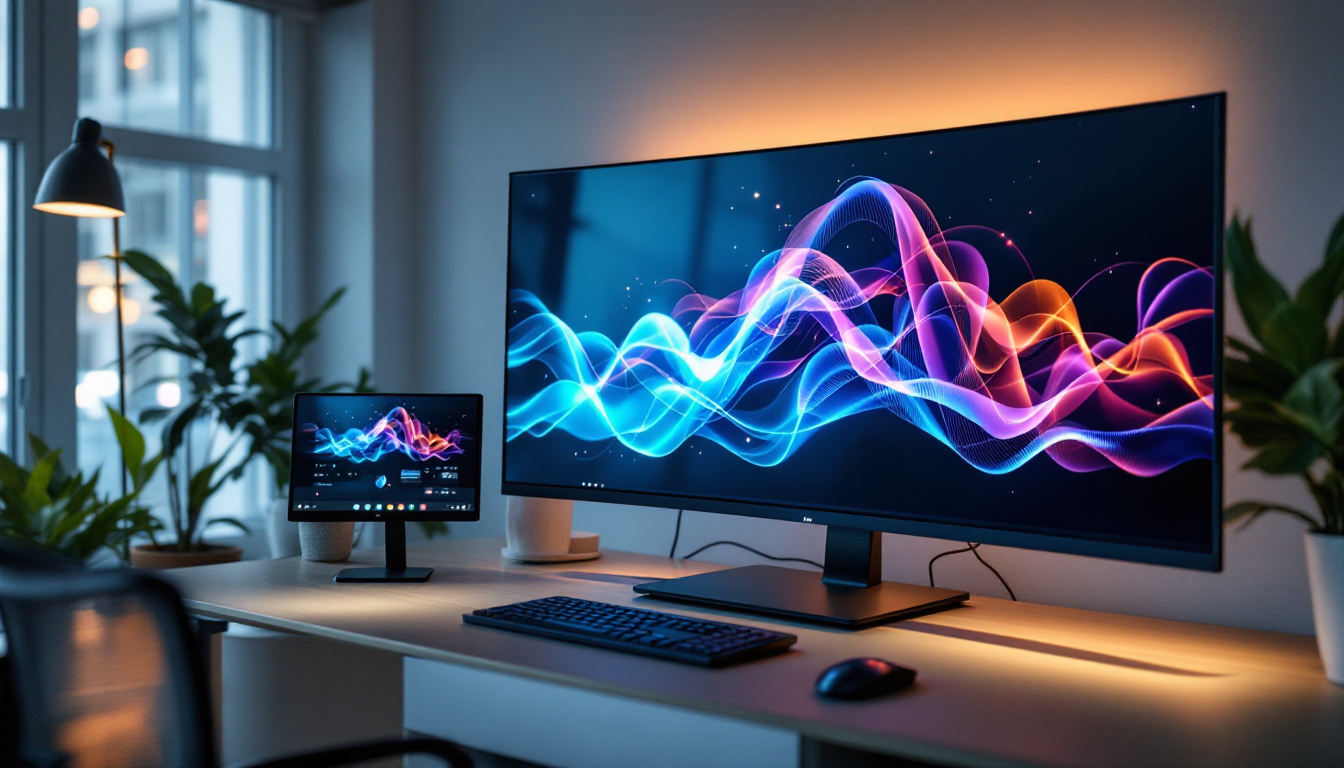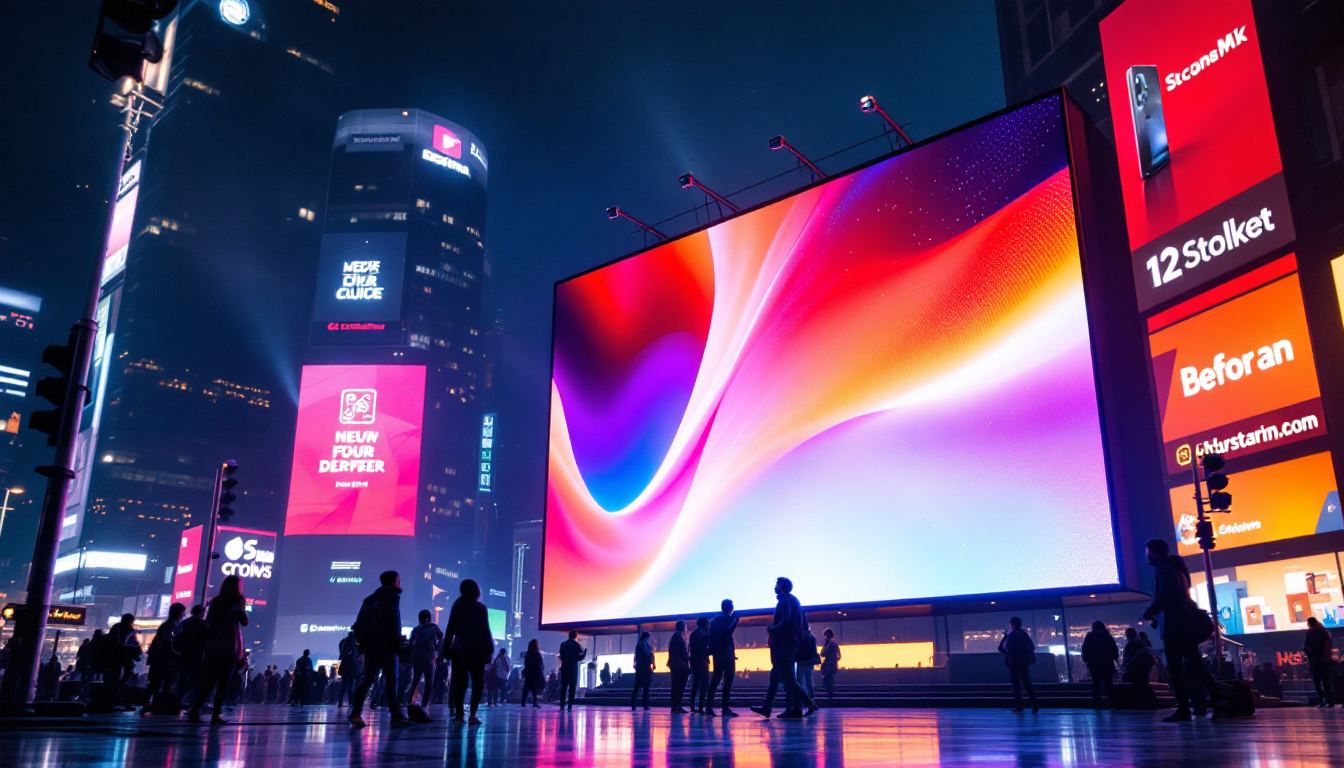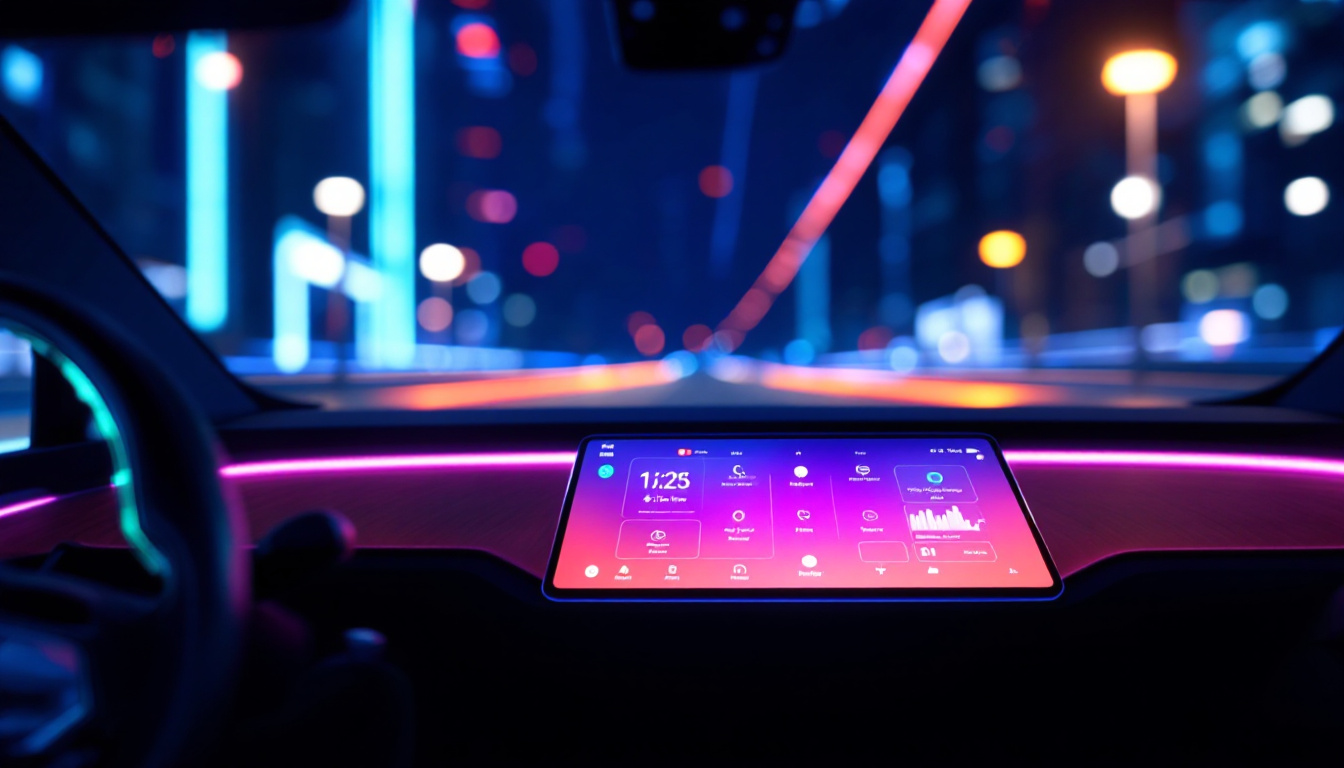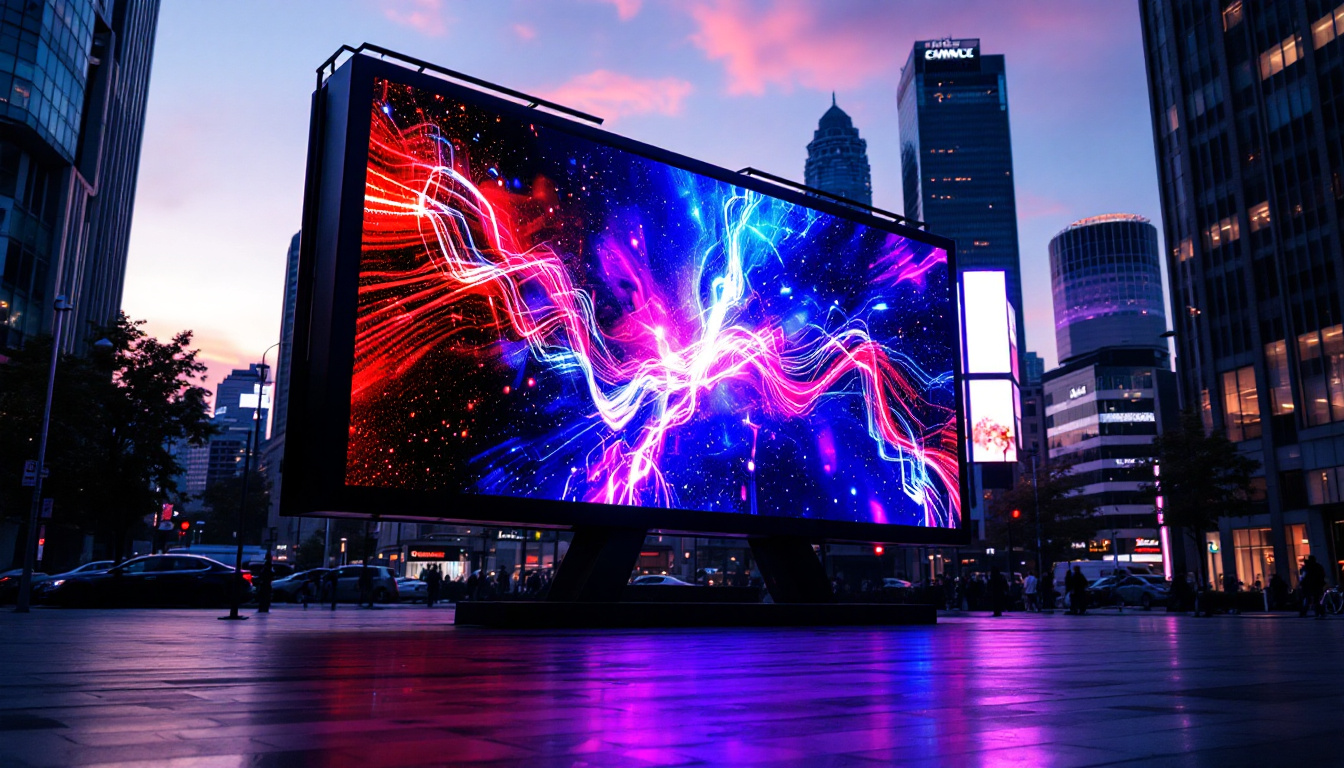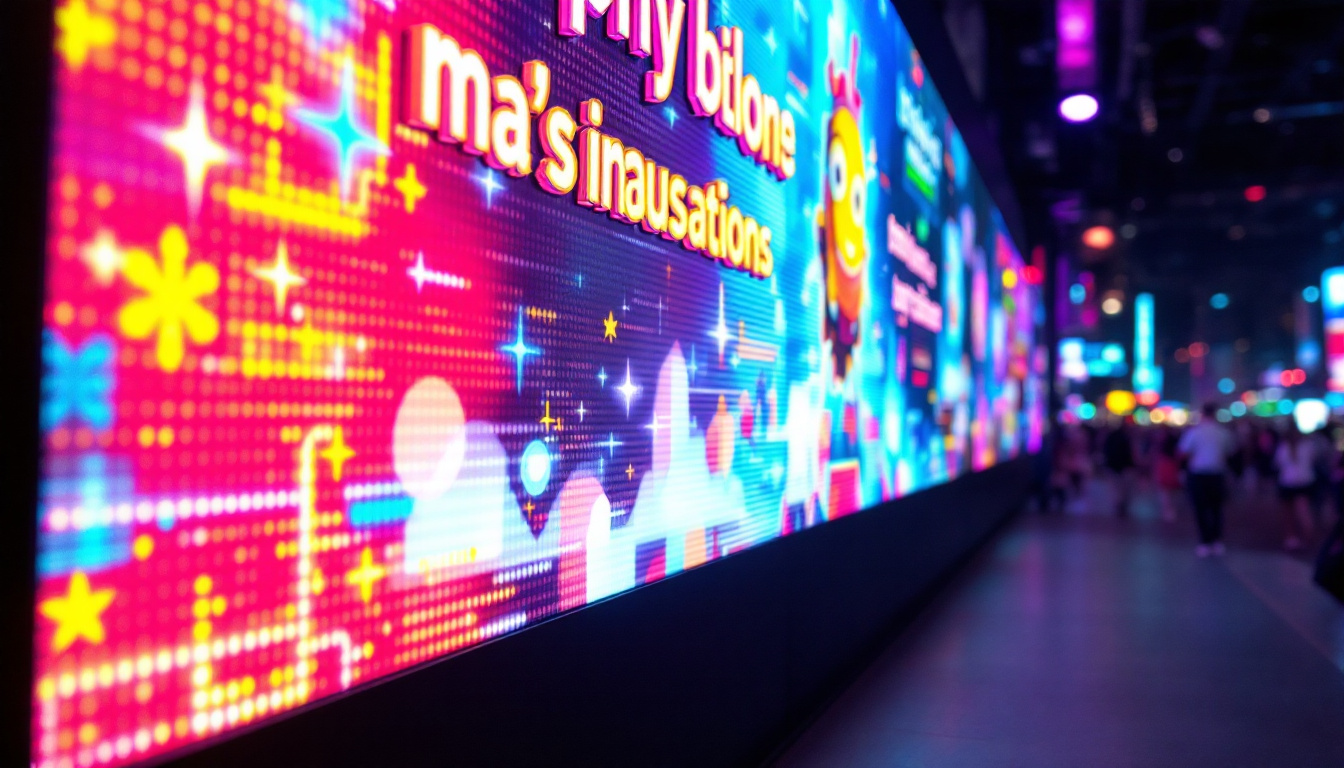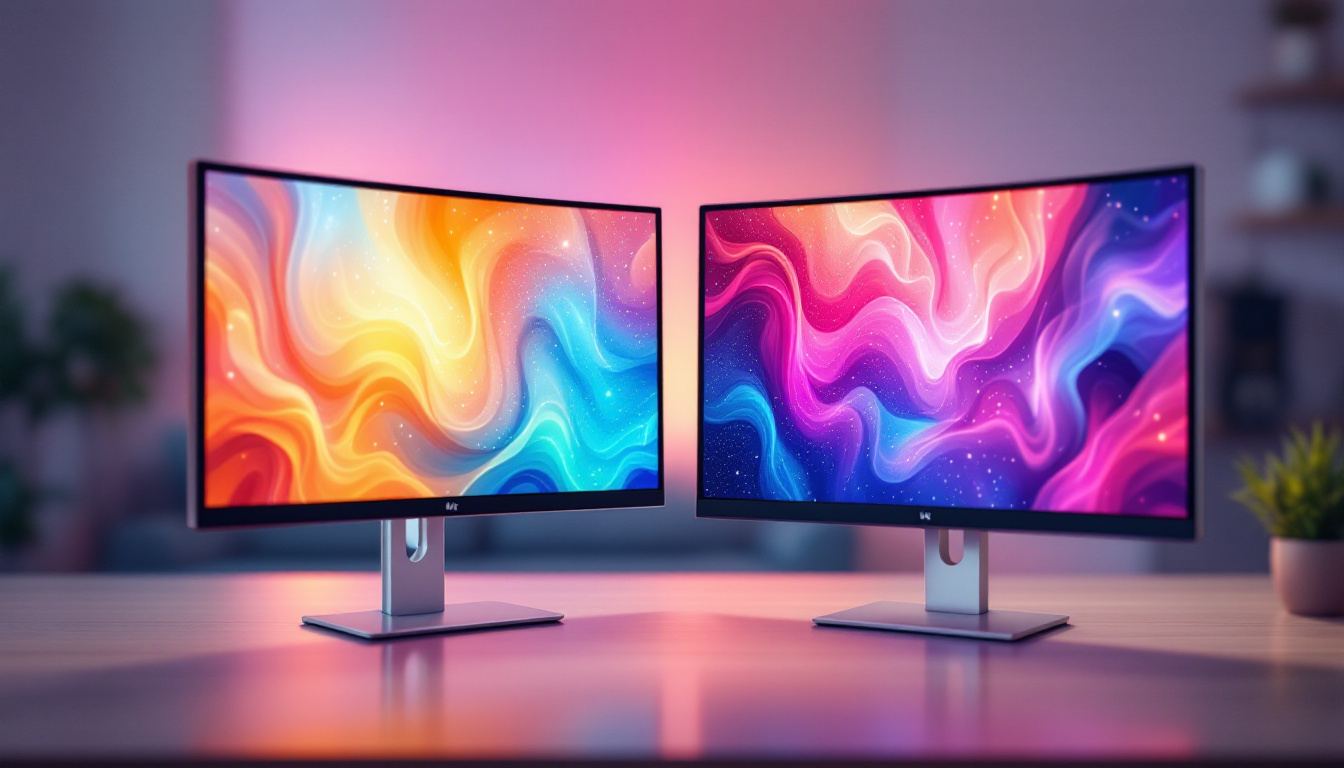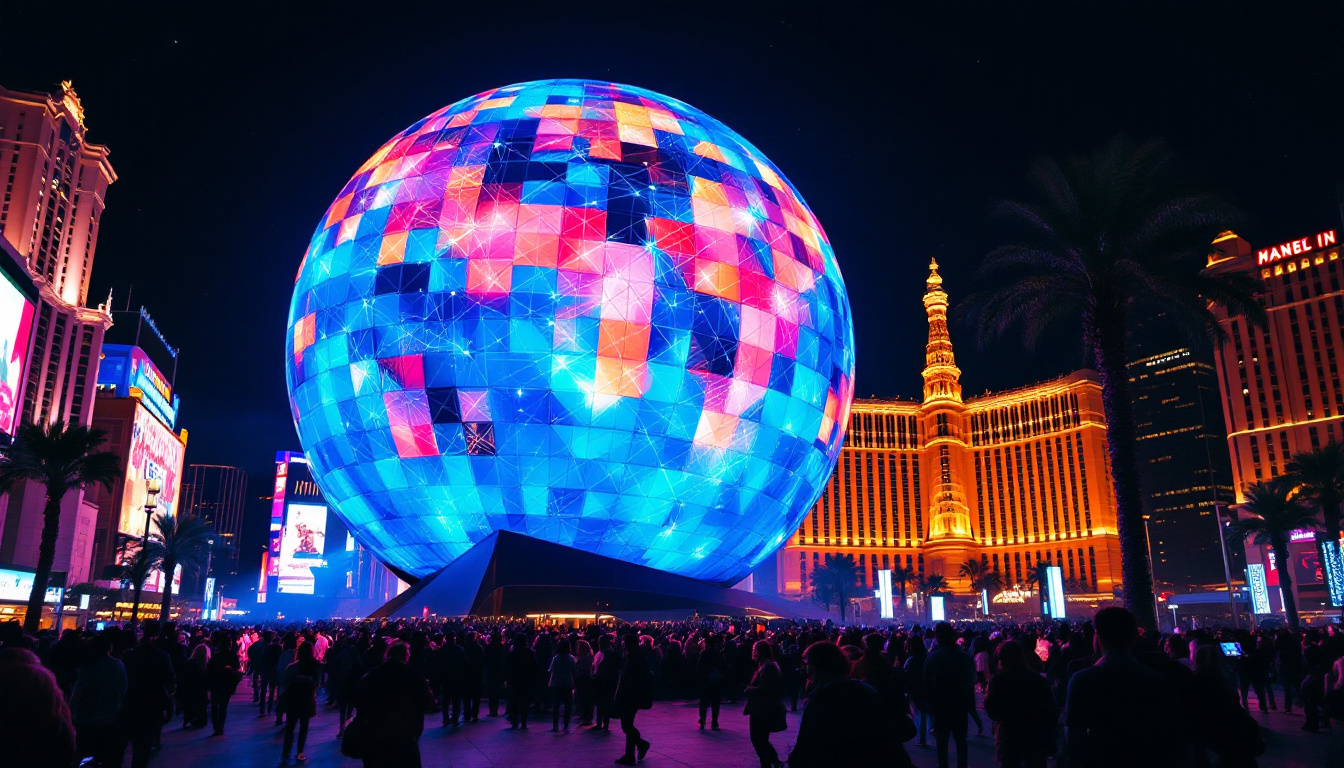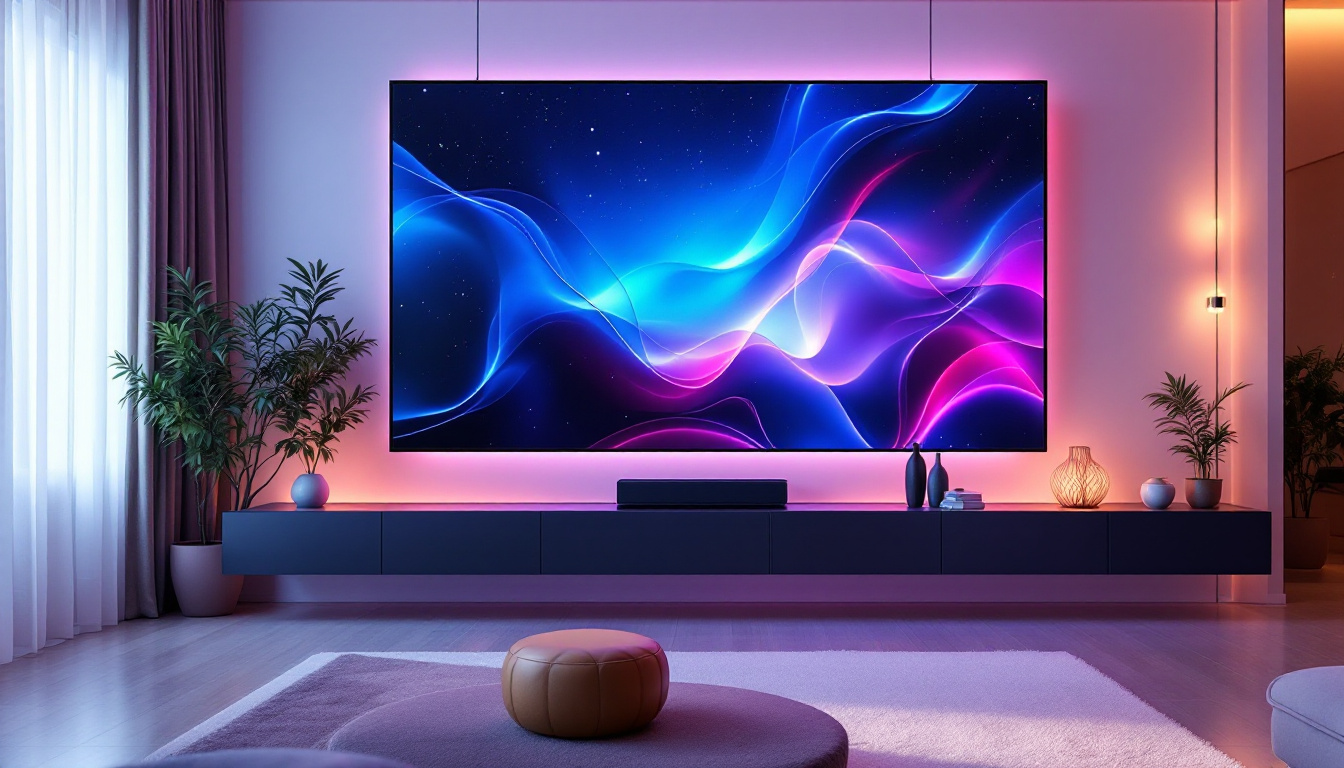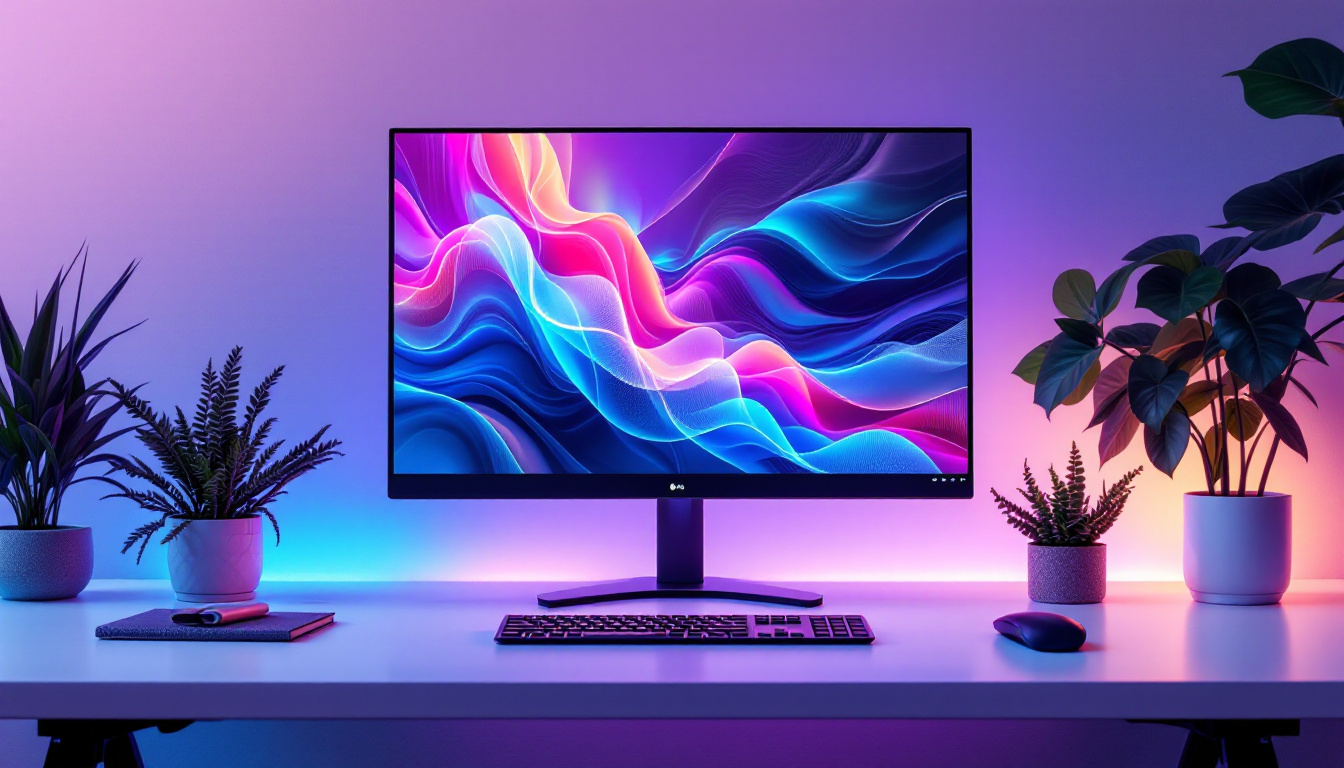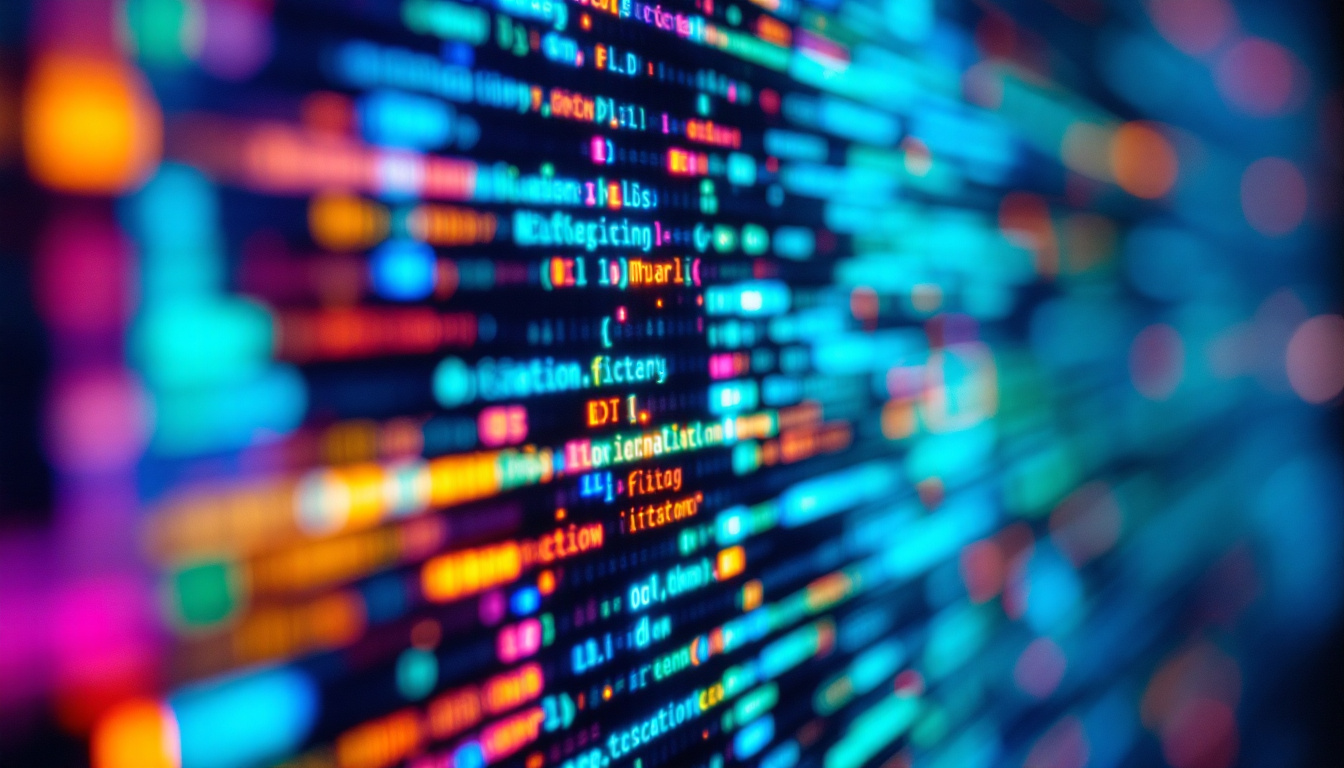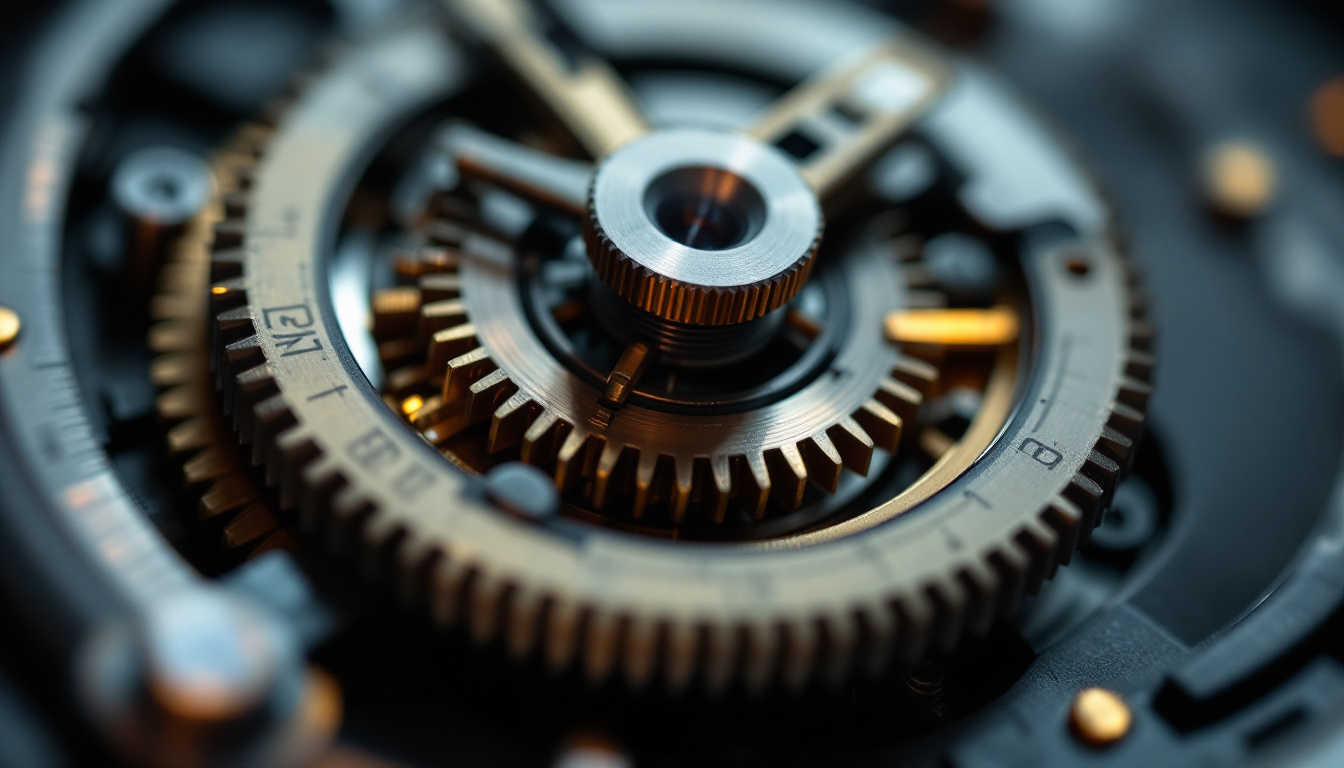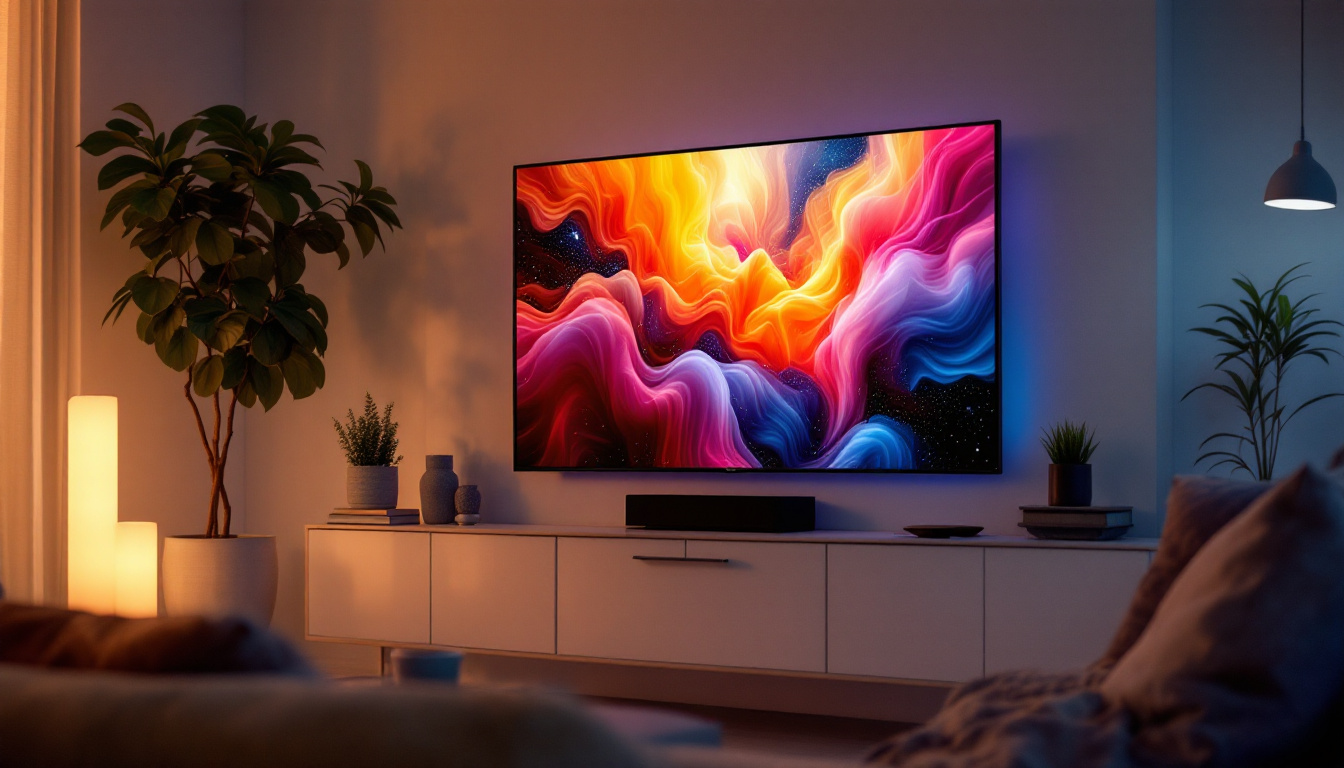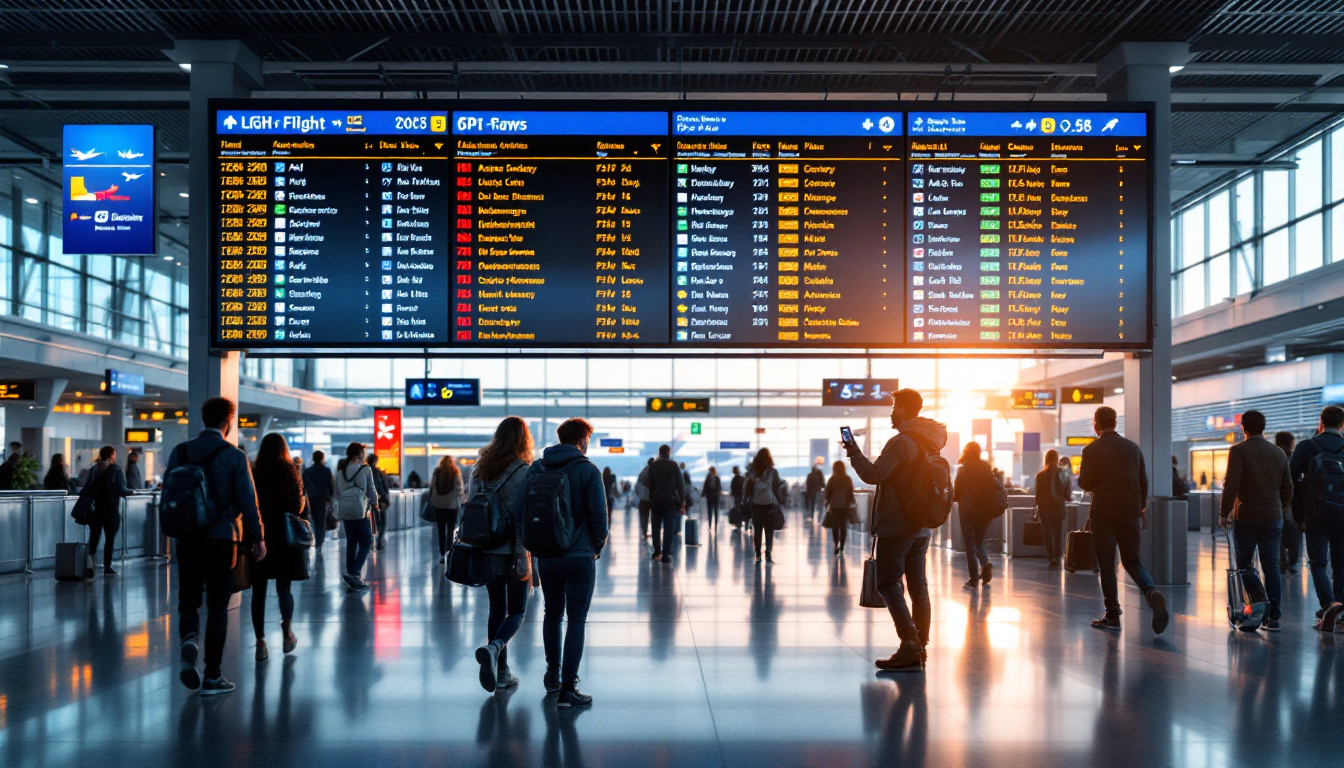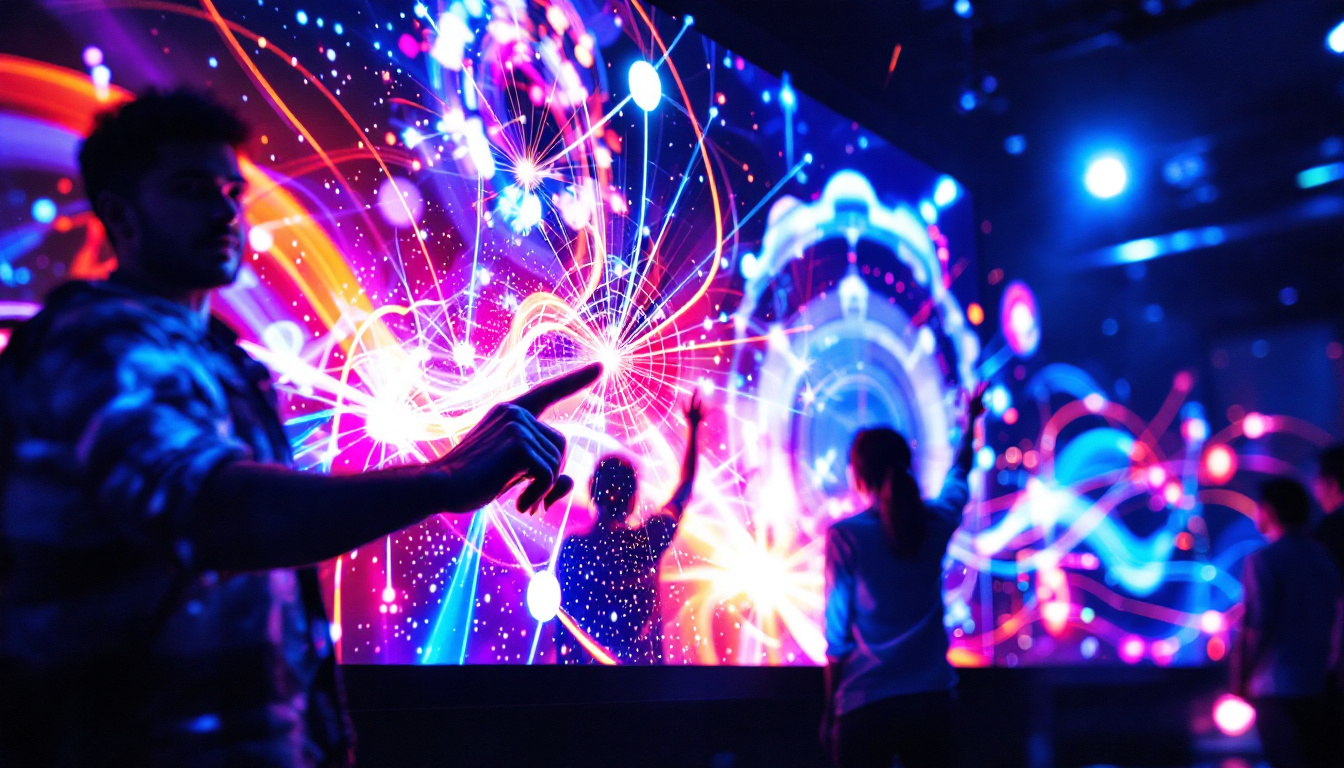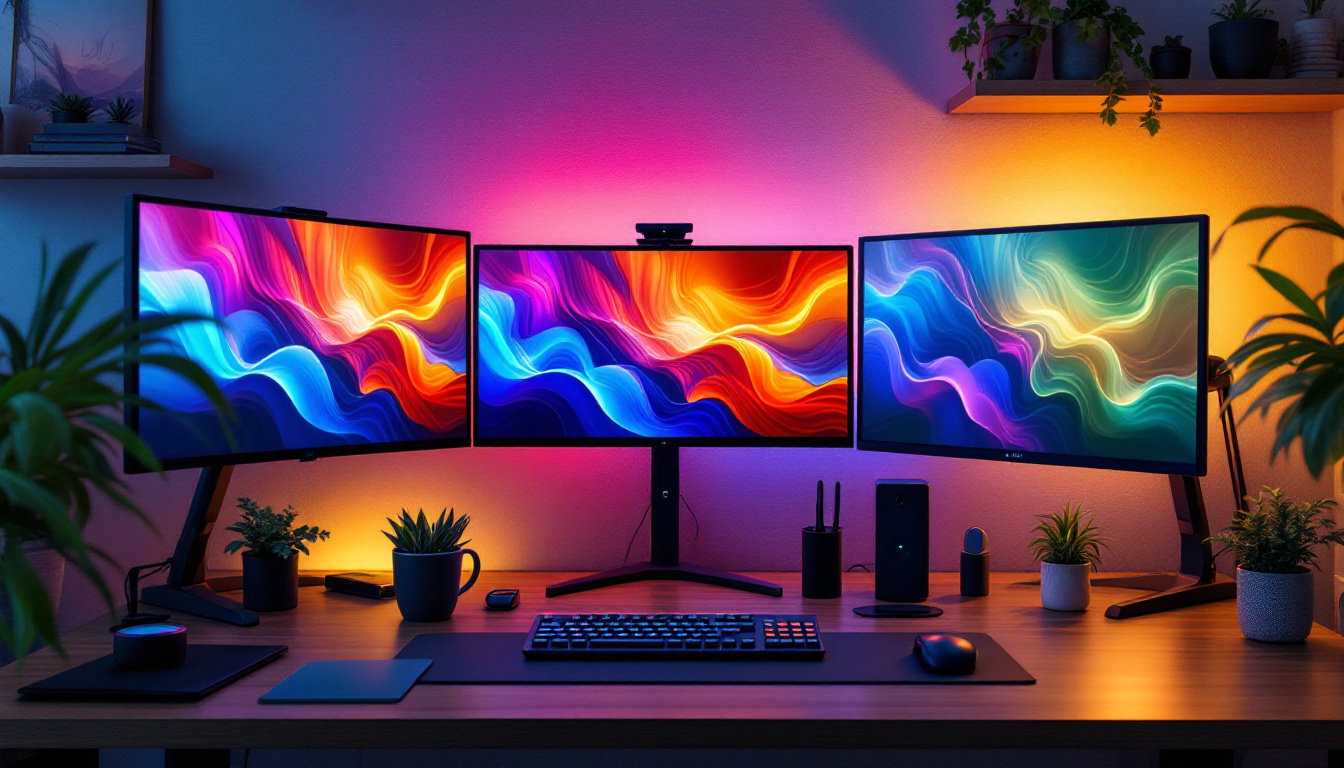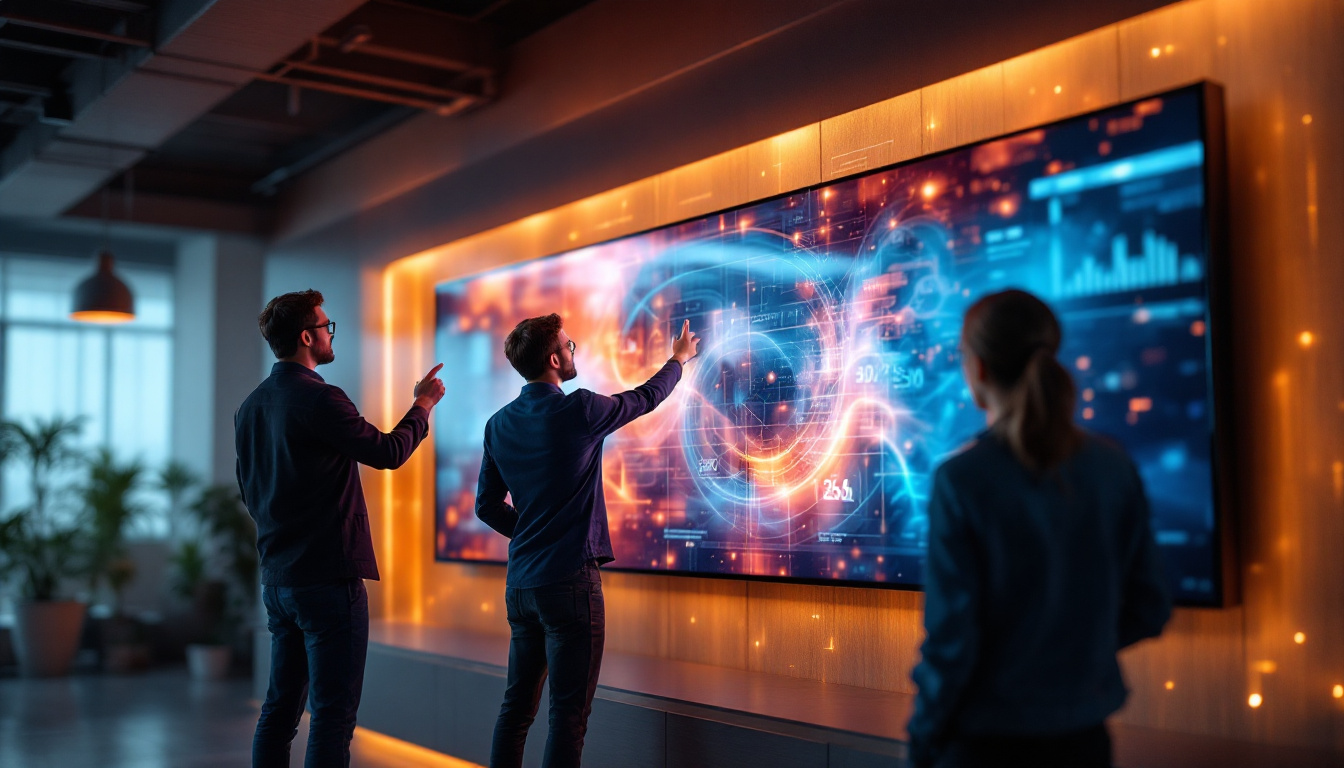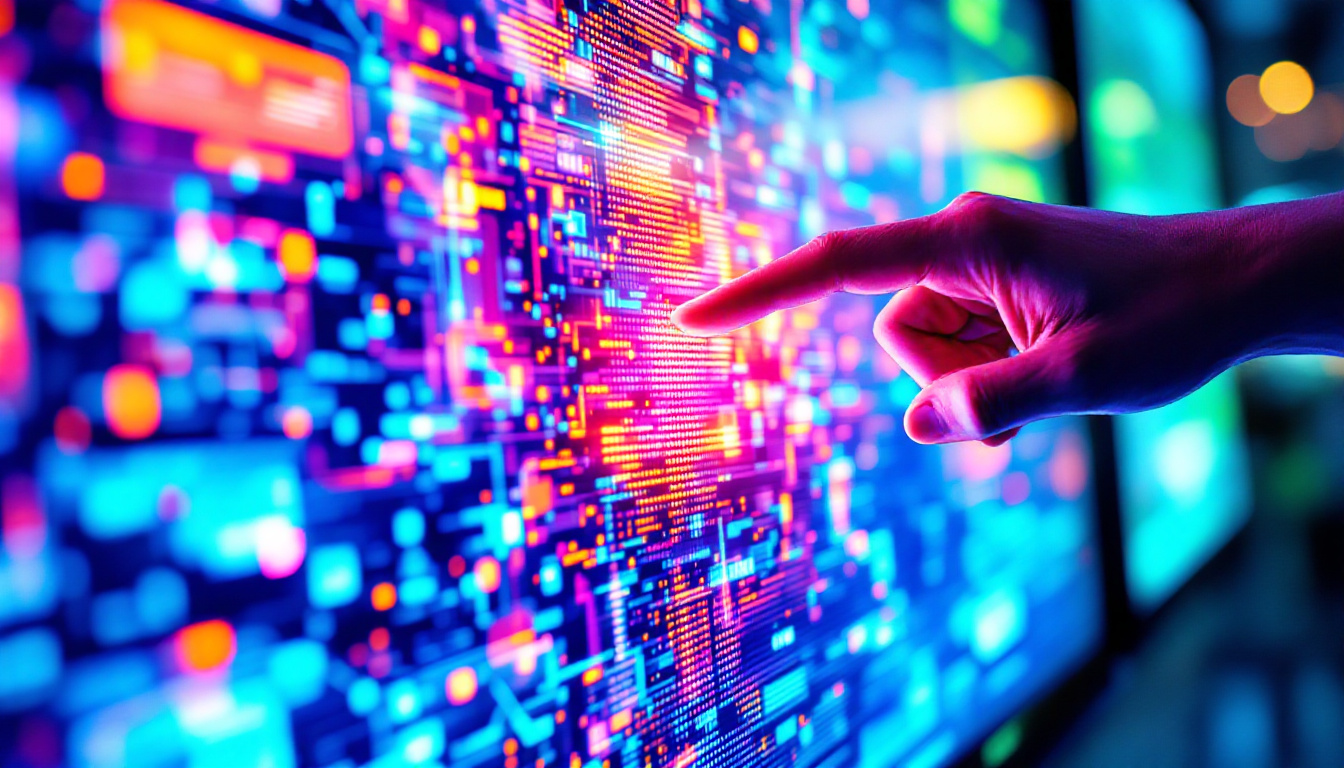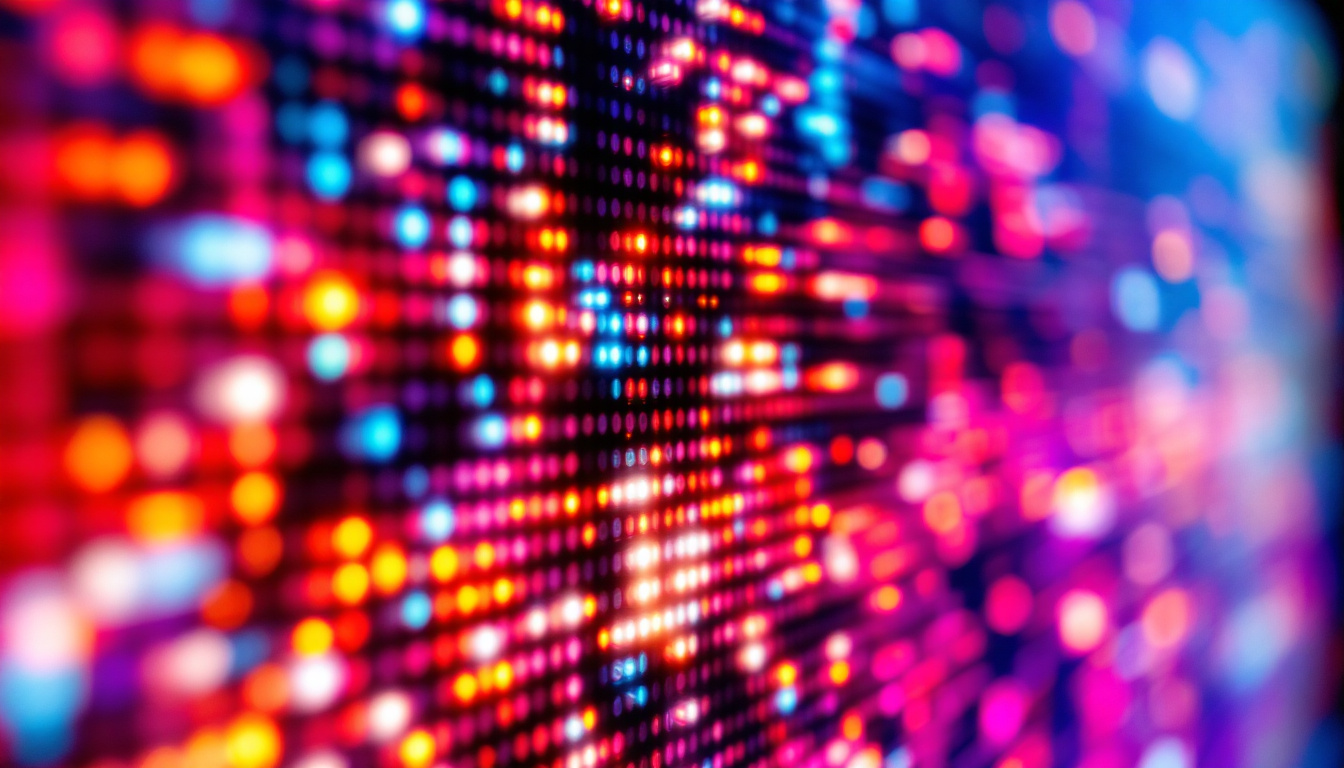In today’s fast-paced world, the significance of visual communication cannot be overstated. Whether for corporate events, concerts, or exhibitions, the use of LED displays has become a staple in both indoor and outdoor event spaces. This article delves into the intricacies of LED displays, exploring their applications, advantages, and the factors to consider when choosing the right display for your event.
Understanding LED Displays
Light Emitting Diodes (LEDs) are semiconductor devices that emit light when an electric current passes through them. This technology has revolutionized the way visuals are presented in various settings, particularly in event spaces. LED displays come in various forms, including screens, walls, and signage, each serving unique purposes. The versatility of LED technology has made it a popular choice for both commercial and artistic applications, allowing for innovative designs that capture attention and convey messages effectively.
Types of LED Displays
LED displays can be broadly categorized into two types: indoor and outdoor. Each type is designed to cater to specific environmental conditions and audience engagement levels. The choice between these types often depends on the intended use, location, and desired visual impact.
- Indoor LED Displays: These displays are typically used in environments such as conference rooms, trade shows, and retail spaces. They are designed to provide high-resolution images and videos, ensuring clarity even in well-lit conditions. Indoor displays often feature advanced technology to enhance color accuracy and brightness, making them ideal for presentations and advertising in bustling environments. Additionally, many indoor LED displays are modular, allowing for flexible configurations that can adapt to various spatial requirements.
- Outdoor LED Displays: Built to withstand the elements, outdoor LED displays are used for billboards, stadiums, and large-scale events. They are engineered to be bright enough to be visible in direct sunlight and are often equipped with protective casings to guard against weather-related damage. These displays are also designed with durability in mind, often featuring anti-glare technology and robust cooling systems to maintain optimal performance in extreme temperatures. The ability to display real-time information, such as scores at sporting events or traffic updates, further enhances their functionality and appeal.
How LED Displays Work
LED displays consist of numerous tiny pixels, each made up of red, green, and blue (RGB) LEDs. By varying the intensity of these colors, the display can produce a wide range of hues, allowing for vibrant and dynamic visuals. The resolution of an LED display is determined by the pixel pitch, which refers to the distance between the centers of two adjacent pixels. A smaller pixel pitch typically results in a higher resolution and sharper image quality. This technology not only enables stunning visuals but also allows for energy efficiency, as LEDs consume significantly less power compared to traditional lighting methods.
Moreover, the advancements in LED technology have led to the development of smart displays that can integrate with various digital systems. These smart LED displays can be controlled remotely, allowing for real-time updates and interactive content. This feature is particularly beneficial for businesses that wish to change their advertising messages frequently or for event organizers who need to display live information. Additionally, some LED displays now incorporate sensors that adjust brightness based on ambient light, further optimizing energy use and enhancing the viewing experience for audiences.
The Benefits of Using LED Displays
LED displays offer numerous advantages that make them an ideal choice for event spaces. From their visual impact to their versatility, these displays can enhance any event experience.
Enhanced Visual Experience
The most apparent benefit of LED displays is their ability to create stunning visuals. With vibrant colors and high brightness levels, they capture attention and engage audiences effectively. This is particularly crucial in events where conveying a message or creating an atmosphere is essential. The clarity of the images and videos displayed on LED screens ensures that even the finest details are visible, allowing for a more immersive experience. Whether it’s a corporate presentation, a live concert, or a trade show, the high-definition quality of LED displays can elevate the overall impact, making the content memorable and engaging.
Versatility and Customization
LED displays are incredibly versatile, allowing for various configurations and sizes. Whether it’s a small screen for a breakout session or a massive wall for a concert, LED technology can adapt to meet specific needs. Additionally, content can be easily customized, enabling event organizers to tailor visuals to their audience. This adaptability extends beyond size and shape; LED displays can also be used in various environments, from indoor venues to outdoor festivals, ensuring that the visuals remain effective regardless of the setting. The ability to integrate interactive elements, such as touch screens or live feeds, further enhances the customization options, allowing for a more engaging experience that resonates with attendees.
Energy Efficiency and Longevity
Compared to traditional display technologies, LED displays are more energy-efficient, consuming less power while providing superior brightness. This not only reduces operational costs but also contributes to a more sustainable event. Furthermore, LED displays have a longer lifespan, often lasting tens of thousands of hours, which translates to less frequent replacements and lower maintenance costs. The durability of LED technology also means that it can withstand the rigors of frequent transport and setup, making it a practical choice for event organizers who need reliable equipment that can perform under various conditions. As sustainability becomes increasingly important in event planning, the energy-efficient nature of LED displays aligns perfectly with the goals of reducing carbon footprints and promoting eco-friendly practices.
Choosing the Right LED Display for Your Event
Selecting the appropriate LED display for an event requires careful consideration of several factors. Understanding the specific requirements of the event will help in making an informed decision.
Event Type and Audience Size
The type of event and the expected audience size are crucial factors in determining the size and type of LED display needed. For smaller, intimate gatherings, a compact indoor display may suffice. In contrast, large-scale events such as concerts or festivals may require expansive outdoor displays to ensure visibility from a distance.
Location and Environment
The location of the event plays a significant role in the selection process. Indoor venues typically have controlled lighting, allowing for the use of displays with lower brightness levels. Conversely, outdoor events necessitate displays with higher brightness to combat sunlight and other environmental factors. Additionally, considerations such as wind, rain, and temperature fluctuations are vital for outdoor installations.
Content and Resolution
The type of content to be displayed is another critical consideration. High-resolution displays are essential for detailed graphics and videos, especially in environments where viewers will be close to the screen. Conversely, for simple text or logos viewed from a distance, lower resolution may be acceptable. Understanding the content requirements will guide the selection of the appropriate pixel pitch and display type.
Installation and Setup Considerations
Once the right LED display has been chosen, the next step is installation and setup. This phase is crucial for ensuring optimal performance and audience engagement.
Professional Installation
While some event organizers may consider a DIY approach, professional installation is highly recommended for LED displays. Experts possess the necessary knowledge and experience to ensure that the display is set up correctly, maximizing its visual impact and functionality. Proper installation also involves securing the display to prevent accidents, particularly in outdoor settings.
Testing and Calibration
Before the event begins, thorough testing and calibration of the LED display are essential. This process involves checking for any dead pixels, adjusting brightness levels, and ensuring that the content is displayed as intended. Calibration helps to achieve the best possible visual quality, enhancing the overall experience for attendees.
Case Studies: Successful Implementations of LED Displays
Numerous events have successfully utilized LED displays to enhance their visual communication and audience engagement. Here are a few notable examples:
Corporate Events
At a recent tech conference, an organization used a large indoor LED wall to showcase product demonstrations and keynote presentations. The high-resolution display captivated attendees, allowing them to see intricate details up close. Feedback indicated that the visual experience significantly enhanced the overall perception of the brand.
Outdoor Festivals
During a popular music festival, multiple outdoor LED screens were strategically placed throughout the venue. These displays provided live feeds of performances, ensuring that even attendees at the back could enjoy the show. The vibrant visuals and dynamic content contributed to an immersive experience, leading to increased social media engagement and positive reviews.
Future Trends in LED Display Technology
The LED display industry is continuously evolving, with new technologies emerging that promise to enhance the capabilities of these displays further. Staying informed about these trends can help event organizers make better decisions for future events.
Advancements in Resolution and Flexibility
As technology progresses, the resolution of LED displays continues to improve. Emerging microLED technology offers even higher pixel densities, enabling displays to achieve stunning clarity and detail. Additionally, flexible LED panels are becoming more prevalent, allowing for creative and unconventional display shapes that can fit unique event spaces.
Integration with Augmented Reality (AR)
Another exciting trend is the integration of LED displays with augmented reality. This technology allows for interactive experiences, where digital content can be overlaid on the physical environment. For events, this means creating engaging and immersive experiences that captivate audiences and enhance brand storytelling.
Conclusion
LED displays have transformed the landscape of event spaces, providing dynamic and engaging visual solutions for both indoor and outdoor environments. Their versatility, energy efficiency, and ability to create stunning visuals make them an invaluable tool for event organizers. By understanding the various types of displays, their benefits, and the factors to consider when choosing the right one, event planners can elevate their events to new heights.
As technology continues to advance, the possibilities for LED displays will only expand, offering even more innovative ways to engage audiences. Embracing this technology is not just a trend; it is a strategic move towards enhancing the overall event experience.
Discover LumenMatrix LED Display Solutions
Ready to elevate your event with the most advanced LED display technology? Look no further than LumenMatrix. Our extensive range of solutions, from Indoor and Outdoor LED Wall Displays to innovative LED Sports and Floor Displays, is designed to captivate your audience and amplify your message. With LumenMatrix’s commitment to revolutionizing visual communication, you can create unforgettable experiences and ensure your brand stands out. Check out LumenMatrix LED Display Solutions today and transform your event space into a dynamic visual spectacle.

